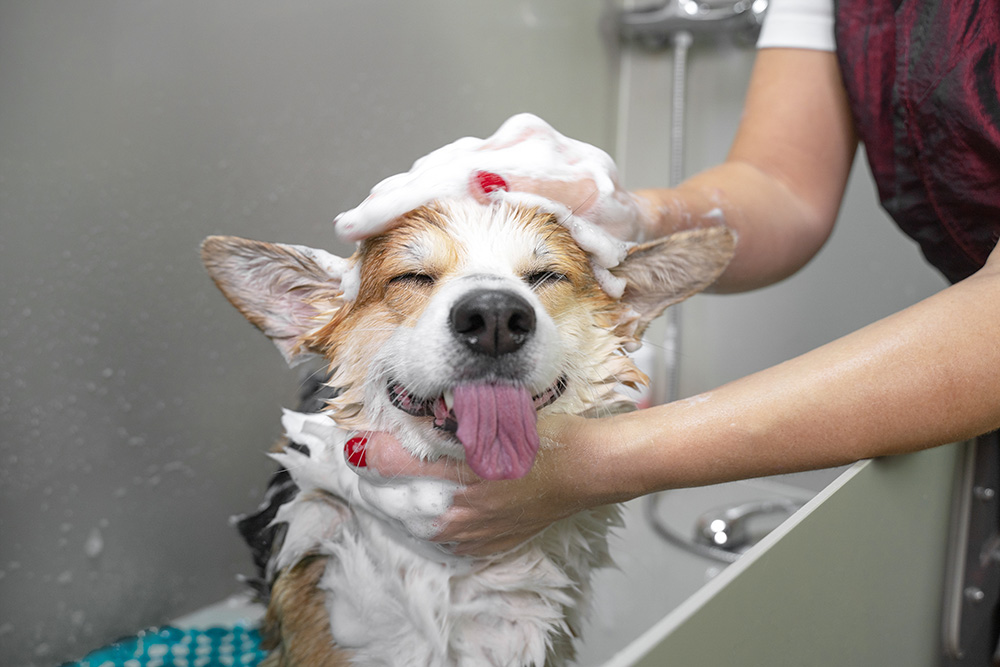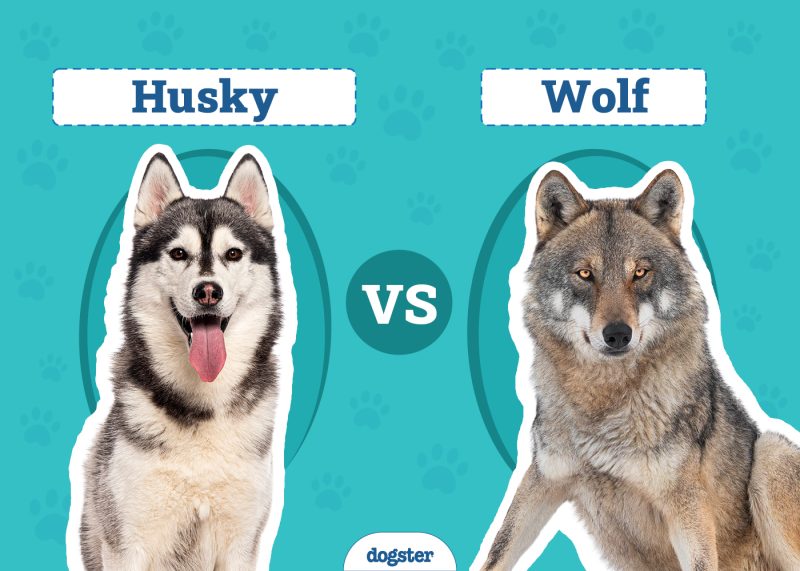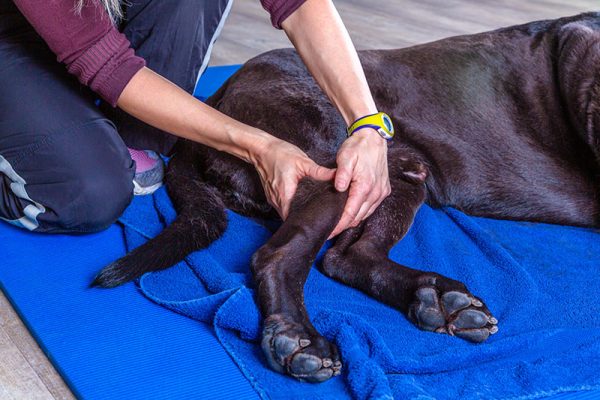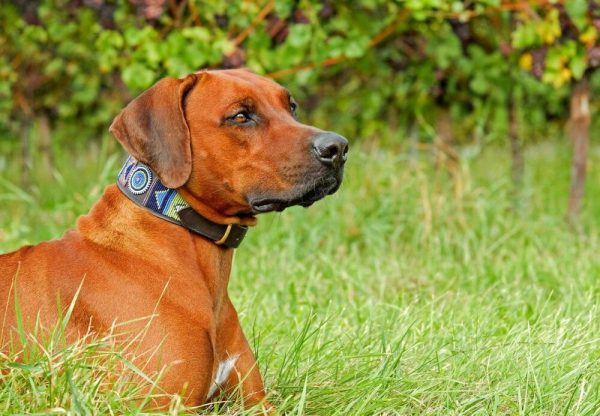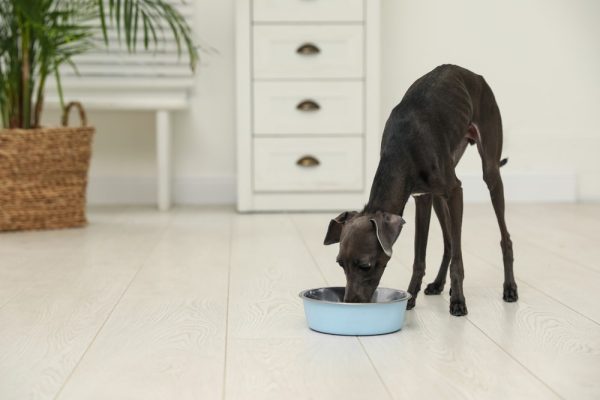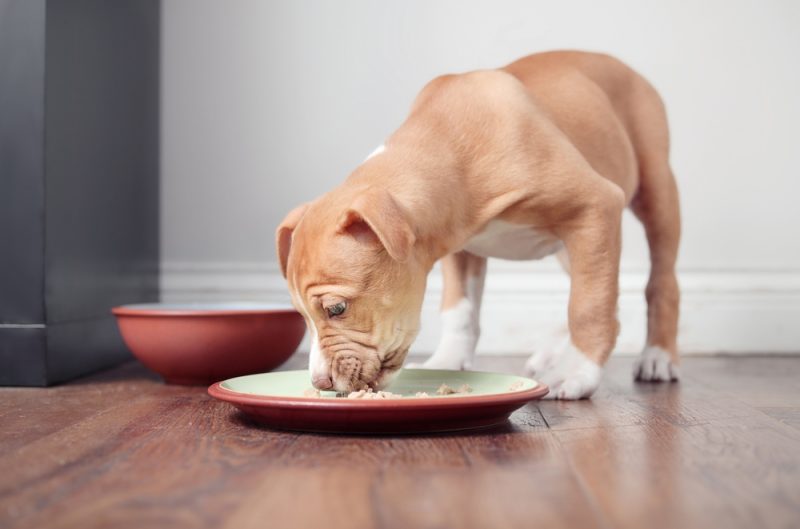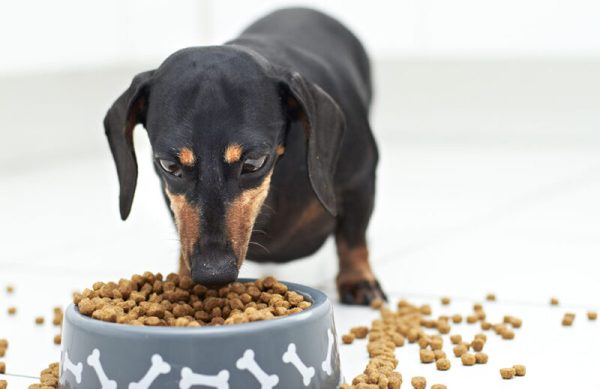“How often should I bathe my dog?” is a common question of dog parents everywhere. Unfortunately, there is no set frequency for bathing a dog because we need to take into account things like breed, coat type, how often the dog gets dirty, and any medical conditions the dog has—factors that vary greatly from dog to dog. Some dogs only need bathing every few months while others may need weekly baths.
In this guide, we’ll explore all these factors in more depth to help you determine how often your pooch could go for a good wash.

Before The Bath
Having the proper products on hand will ensure that you have an easy time in the tub, and your pup’s coat will thrive outside of the bath.
Our Favorite Products Bathing your dog may be challenging, but selecting the right shampoo can help make the process a bit easier. Our favorite products come from Hepper's Shampoo product line, offering natural, pet-friendly solutions meticulously designed to gently cleanse your dog's skin and coat without any risk of irritating or drying them out. These formulas are free of harmful additives such as dyes, soaps, sulfates, and phthalates. The Deep Cleansing Shampoo is a great option for pet owners who have difficulty neutralizing tough doggy odors. Hepper's Oatmeal Pet Shampoo is a great way to treat your pet to aloe vera and oatmeal's calming benefits while you revel in the delightful and refreshing scents! At Dogster, we’ve admired Hepper for many years and decided to take a controlling ownership interest so that we could benefit from the outstanding designs of this cool pet company!
Rating
Image
Product
Details
For Sensitive Pups
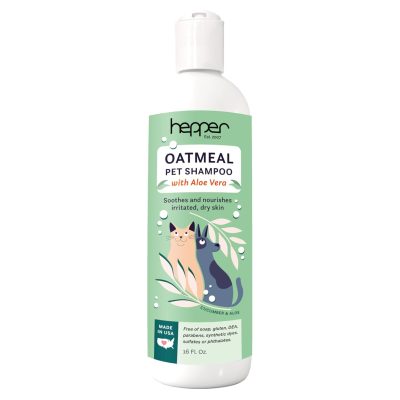
Hepper Colloidal Oatmeal Pet Shampoo
Check Price
For Smelly Pups

Hepper Deep Clean Shampoo
Check Price
If you’re still unsure how often to bathe your dog, consult a veterinarian for guidance.

Breed & Coat
Dog breeds and types vary greatly, which means there’s a huge range of coat types and levels of shedding. Below, we will focus on some of these types in more detail, but please note that the frequencies we mention are just general and not set in stone. Even dogs within the same breed can sometimes have vastly different needs.
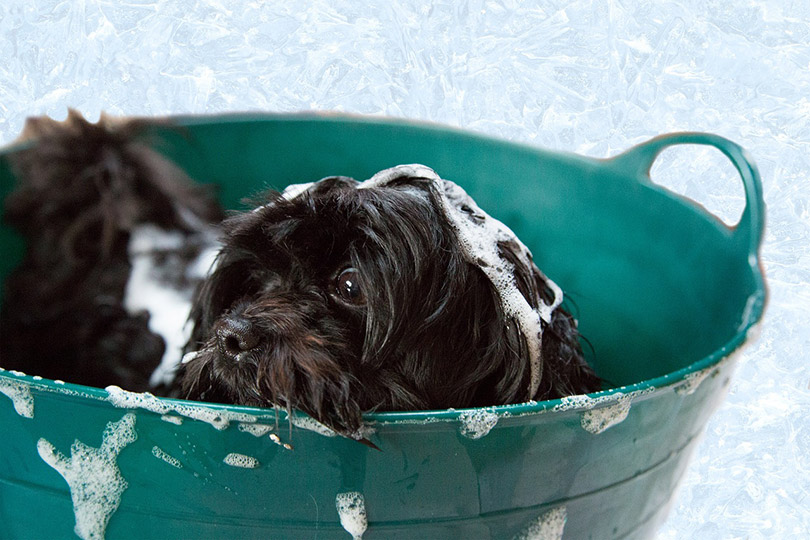
Long Coats
Dogs with medium-length or long coats are more likely to pick up extra dirt and debris while out and about, meaning they may need more frequent bathing than a shorthaired breed would. On average, longhaired breeds need a bath every 4–6 weeks, but this can vary.
Longhaired dogs like the Maltese and the Lhasa Apso are also more prone to tangling and typically need regular brushing every day to every few days.
Short, Smooth-haired Coats
Shorthaired, smooth-coated dogs like Doberman Pinschers and American Staffordshire Terriers often do not need to be bathed as regularly because their short hair tends to not hold dirt and debris as longer hair does.
Some of these dogs get away with only bathing once every 2 or 3 months or so, and you can do quick maintenance when needed with a clean, damp cloth or some pet wipes.
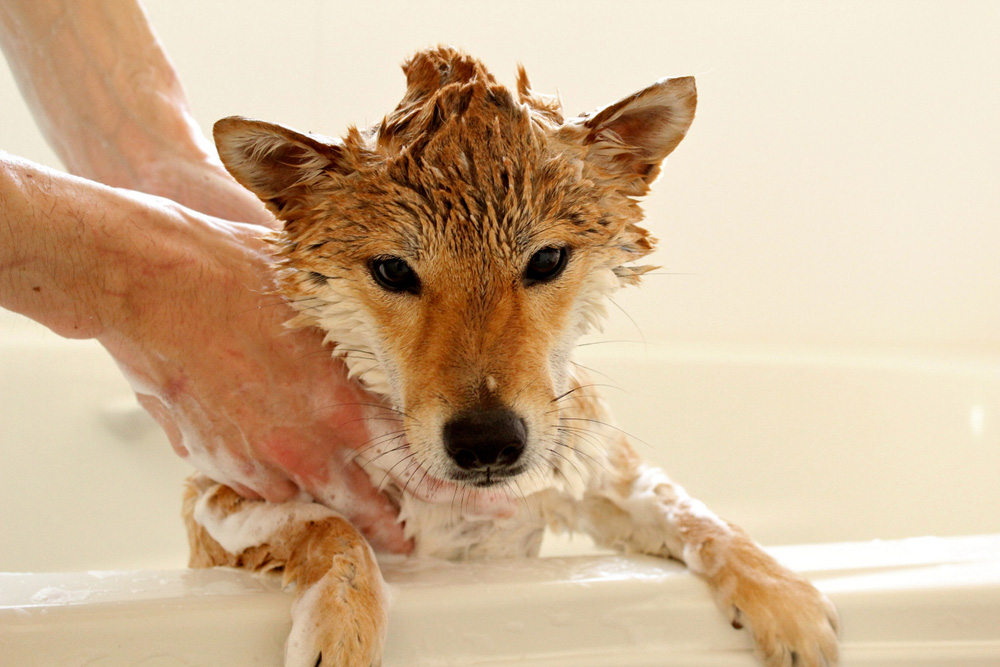
Double Coats
Though we often imagine double-coated breeds to be only big, fluffy dogs like Huskies, Akitas, and Chow Chows, some shorthaired dogs like the Labrador Retriever also have double coats. These types of dogs shed a fair bit, especially during shedding seasons, and bathing a little more regularly than usual when shedding seasons hit can help this process along by removing loose hairs.
However, as a rule, double-coated breeds get along fine with bathing every few months. A good de-shedding tool and regular brushing is more important for these dogs.
Corded Coats
It might not look like it, but corded breeds like the Puli are generally very low maintenance once their cords have been formed, a process that requires your help by gently separating the clumps down to the skin starting when the dog is around 8–10 months old.
Fully corded dogs (this can take several years to happen, bear in mind) may only need to be bathed when necessary, like if they’ve rolled in something unpleasant, are experiencing a buildup of dirt and debris, or start to smell. As uncorded puppies, however, Puli may need to be bathed more regularly depending on the condition of their coat.
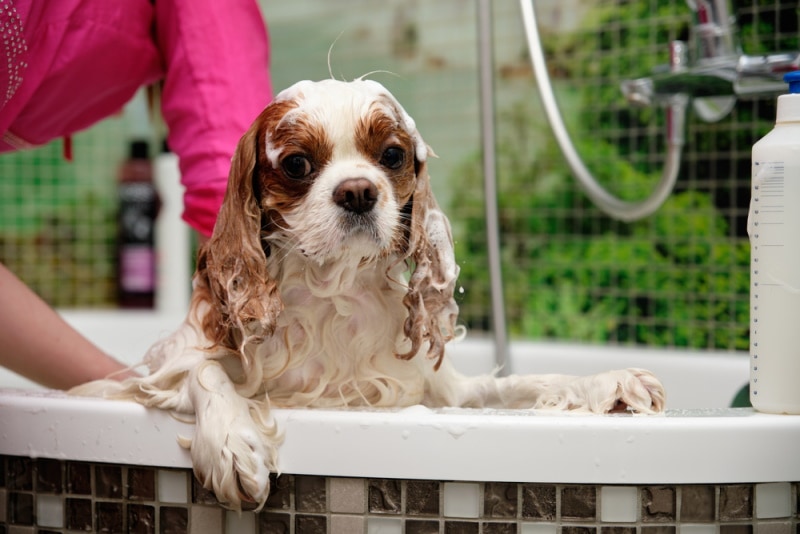
Curly Coats
Curly-coated dogs like Poodles and Bichon Frise generally do well with a bath every 4 to 6 weeks, but it’s ideal to brush them daily to prevent their coats from getting knotted, tangled, and matted. Areas to focus on especially include around the neck, the armpits, and the base of the tail, as these are matting hotspots.
Hairless Breeds
The Chinese Crested and the American Hairless Terrier are a few of the hairless dog breeds—breeds that need more frequent bathing than other breeds with a mild dog shampoo. This is because their skin can get oily faster than hairy breeds, which can lead to dandruff and other skin issues.
Hairless dogs may need bathing as often as once per week or every other week, but please ask your vet what they think is best for your dog specifically. An extra tip: These dogs are prone to sunburn, so dog-safe sunscreen should always be in your cabinet.
Lifestyle
If you have a low-energy dog that doesn’t have a penchant for jumping in muddy puddles or exploring nature, they’re unlikely to need bathing as often as a dog that indulges in these activities regularly. Young dogs, high-energy breeds, and working dogs are among those that may need more frequent baths.
However, baths aren’t the be-all and end-all when it comes to keeping a dog clean—as we mentioned earlier, pet wipes are ideal for spot cleans. After all, too much bathing can dry out a dog’s skin.
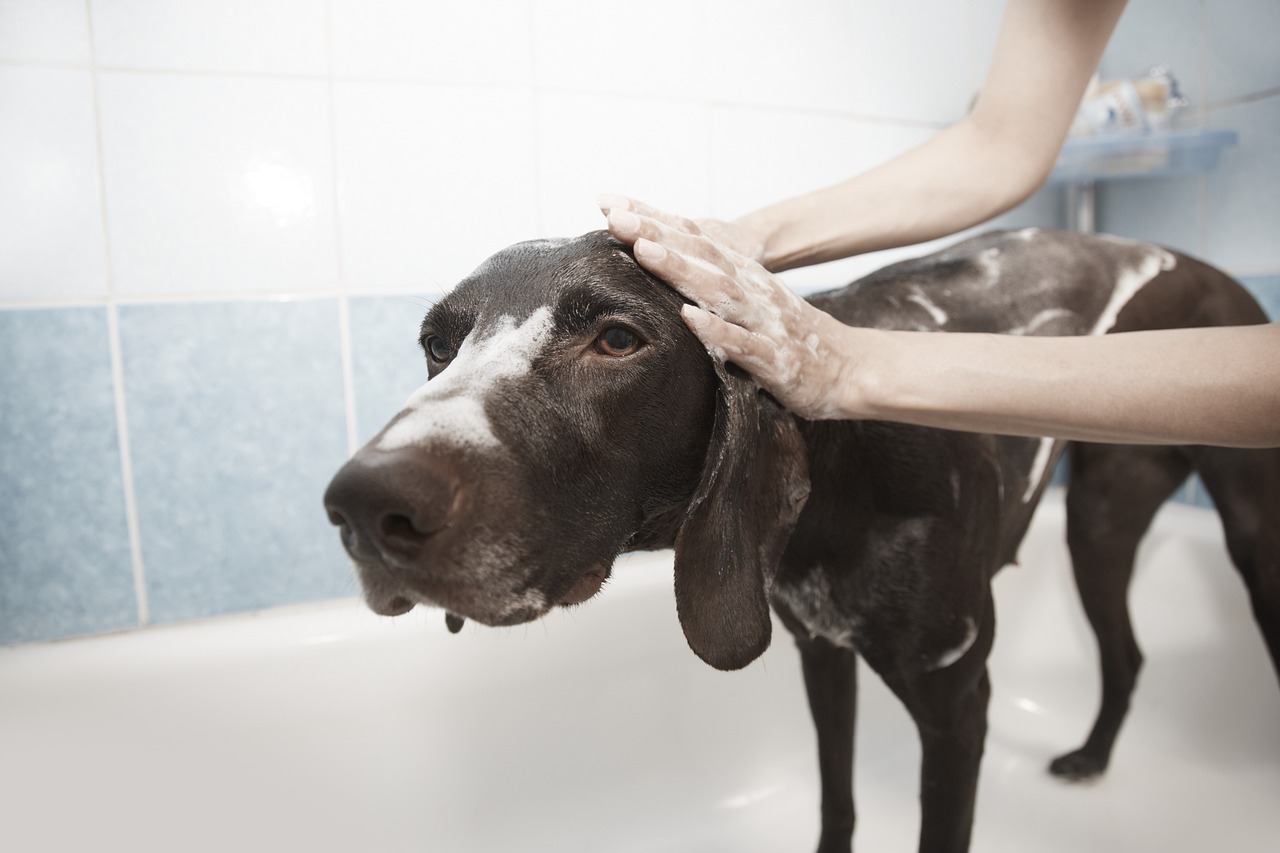

Medical Conditions
Skin conditions and infections may require regular bathing with a medicated shampoo prescribed by your vet. The exact frequency may vary, and your vet will be able to advise you on this.
Please never use human shampoos—whether standard or medicated—on your dog as they’re formulated for a human pH level, not the pH level of a dog. Human shampoos can cause dogs to develop skin conditions, signs of which include itchiness, redness, rashes, dryness, and flakiness.

Final Thoughts
If you’re not sure how often would be best to bathe your dog, we recommend reaching out to your vet for advice and peace of mind. Overbathing a dog can do more harm than good because it can strip the skin of its natural oils, so it’s better to be safe rather than sorry.
Featured Image Credit: Masarik, Shutterstock
